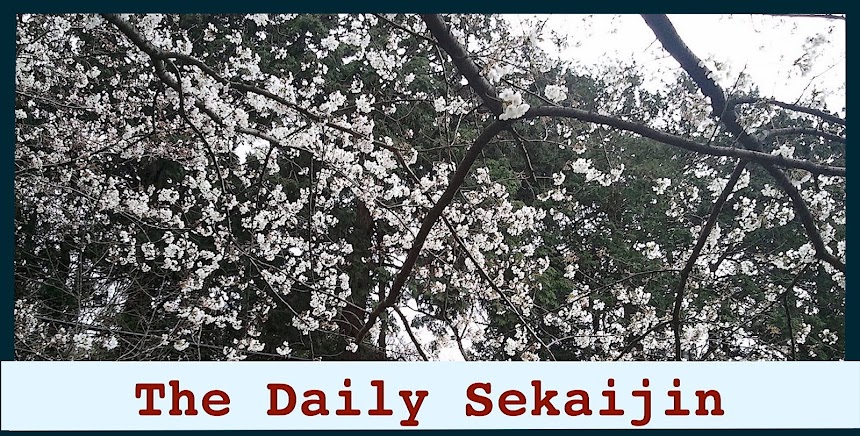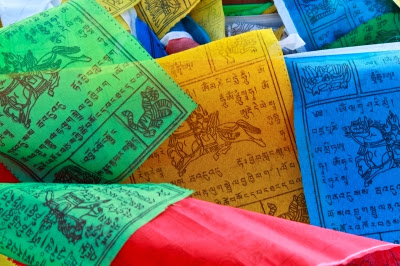Hello to my speaking students,
Activity
What kinds of places or events would you like to go and see? Look at these places and events. Which ones do you like? Which ones are interesting? Which ones do you like better? Which one do you like the best? Which one is the most interesting? Talk about these places and events!
例えば:
A: Which place looks better to go to - a tropical island or the Great Wall of China?
B: Hmm...a tropical island. I want to go there.
A: A tropical island? How come?
B: Because it looks so relaxing. How about you?
A: Well, I think the Great Wall of China is more interesting to go to.
B: ...
2.
Image "Fun At Party" courtesy of ponsuwan/FreeDigitalPhotos.net
Image "Fun At Party" courtesy of ponsuwan/ FreeDigitalPhotos.net
How are you? Let's talk about places (辺地) and events (イベント)! Activity
What kinds of places or events would you like to go and see? Look at these places and events. Which ones do you like? Which ones are interesting? Which ones do you like better? Which one do you like the best? Which one is the most interesting? Talk about these places and events!
例えば:
A: Which place looks better to go to - a tropical island or the Great Wall of China?
B: Hmm...a tropical island. I want to go there.
A: A tropical island? How come?
B: Because it looks so relaxing. How about you?
A: Well, I think the Great Wall of China is more interesting to go to.
B: ...
1.
the Great Wall of China
2.
a fireworks display
a live concert
3.
an open-air market
the Sydney Opera House
4.
Times Square in New York
a Japanese street festival
a live concert
3.
an open-air market
the Sydney Opera House
4.
Times Square in New York
a Japanese street festival
Have fun!
Photo credits: 1. "Cloud Reflection At Dusk" (courtesy of samuiblue) and "Great Wall Of China" (courtesy of cescassawin) 2. "Fireworks" (courtesy of noppasinw) and "On The Stage" (courtesy of George Stojkovic) 3. "Shop" (courtesy of Dino De Luca) and "Sydney Opera House At Night" (courtesy of Susie B) 4. "New York Times" (courtesy of Antoine Henrich) and "Japanese Street Festival" (no attribution - personal image) /All pictures except Japanese Street Festival from FreeDigitalPhotos.net















































